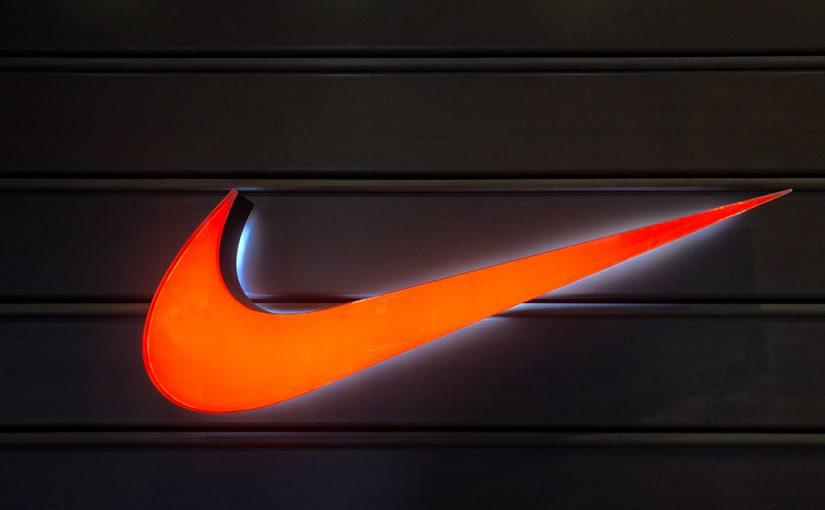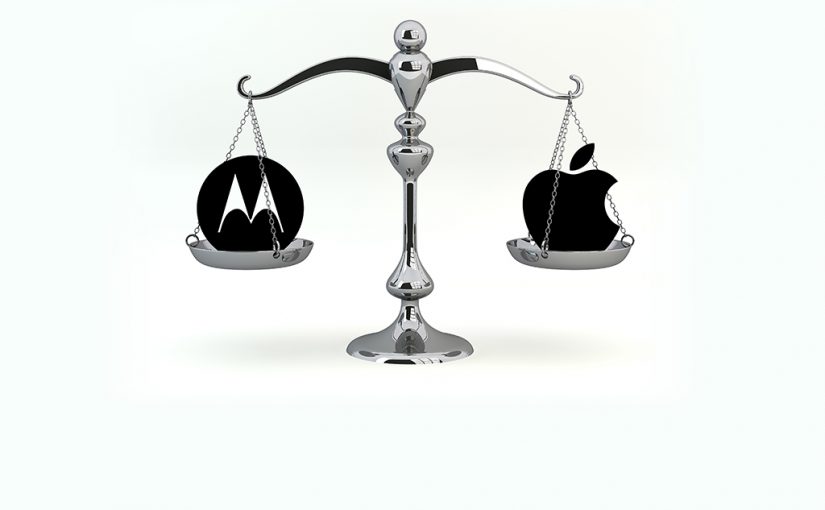Every day is uncharted territory as we all cope to live with the looming threat of the coronavirus. People across the globe have had to make major adjustments to their day to day activities. Working remotely is one of the greatest ways technology has allowed us to continue with some sense of normalcy. But, working remotely can also have some challenges. On the plus side, you can wear your pajamas to work! But on the downside, it can certainly become difficult to keep your team functioning and productive outside of the office.
Working from home doesn’t have to be riddled with challenges and isolation. Here are a few ways you can help your team stay productive while you work remotely during this global pandemic.
- Check-In Daily
One of the major perks of working remotely is having generous flexibility. This is also one of the biggest issues. Ask your employees to check-in daily. This will help keep them on some sort of a routine and keep communication flowing. Doing a daily check-in also allows everyone to relay any important information for the day and stay up to date.
- Encourage A Schedule
Working remotely means you can work in your pajamas. You can literally roll out of bed, pour a cup of coffee and hop on a conference call in a matter of minutes. It sounds great, and it can be great, but it can also slow down productivity. Encourage your team to maintain a schedule just as if they were going into the office every morning. Going to bed at a decent time, waking up to an alarm, showering and changing into a fresh pair of work clothes will help keep employees’ minds sharp and get them revitalized to tackle their day.
- Celebrate Outcomes Rather Than Activity
When employees work from home, they become their own bosses to some degree. There is no one there to monitor them and make sure they are on task. This is a good thing! So often (probably more often than you think) employees who work in an office are there simply filling a seat until it’s time to punch the timeclock. Since employees are most often paid by the hour, and required to work a certain number of hours per week, this means they may be caught up on work and simply staying to fulfill their time requirements.
On the other hand, when employees work remotely, they have the freedom to move about their house and tend to their own needs within reason. They may even be able to get their work done in 30 hours instead of using the entire 40. Celebrate this! You have an excellent employee who is both proficient and efficient at their job. Celebrate the outcomes or the end result of their work, not the amount of time it took them to complete it. As long as employees are fulfilling their work, it’s a win.
- Use Multiple Methods Of Communication
Communication is key in personal relationships, friends and the workplace. Luckily, today’s technology allows for many ways to communicate. Email, instant messaging and texting can get old and overwhelming. It’s also impersonal. Take advantage of video chatting through services like Zoom or Skype. This will give your team the ability to see each other face to face. This is especially important because it gives you the ability to see facial expressions and body language that are vital to communication. Plus it gives you a bit of socialization and who doesn’t want that?
- Be Reasonable And Patient
When your employees are working from home, it’s important for you to understand that it won’t be exactly the same as working from an office. Family may be present and distractions should be expected. Don’t forget that people still get sick when working from home and may need a break from time to time too. Employees are still human and still have needs to take care of outside of work. Working remotely also comes with learning curves for some people. Be patient through the bumps in the road and work together to overcome obstacles.
.




